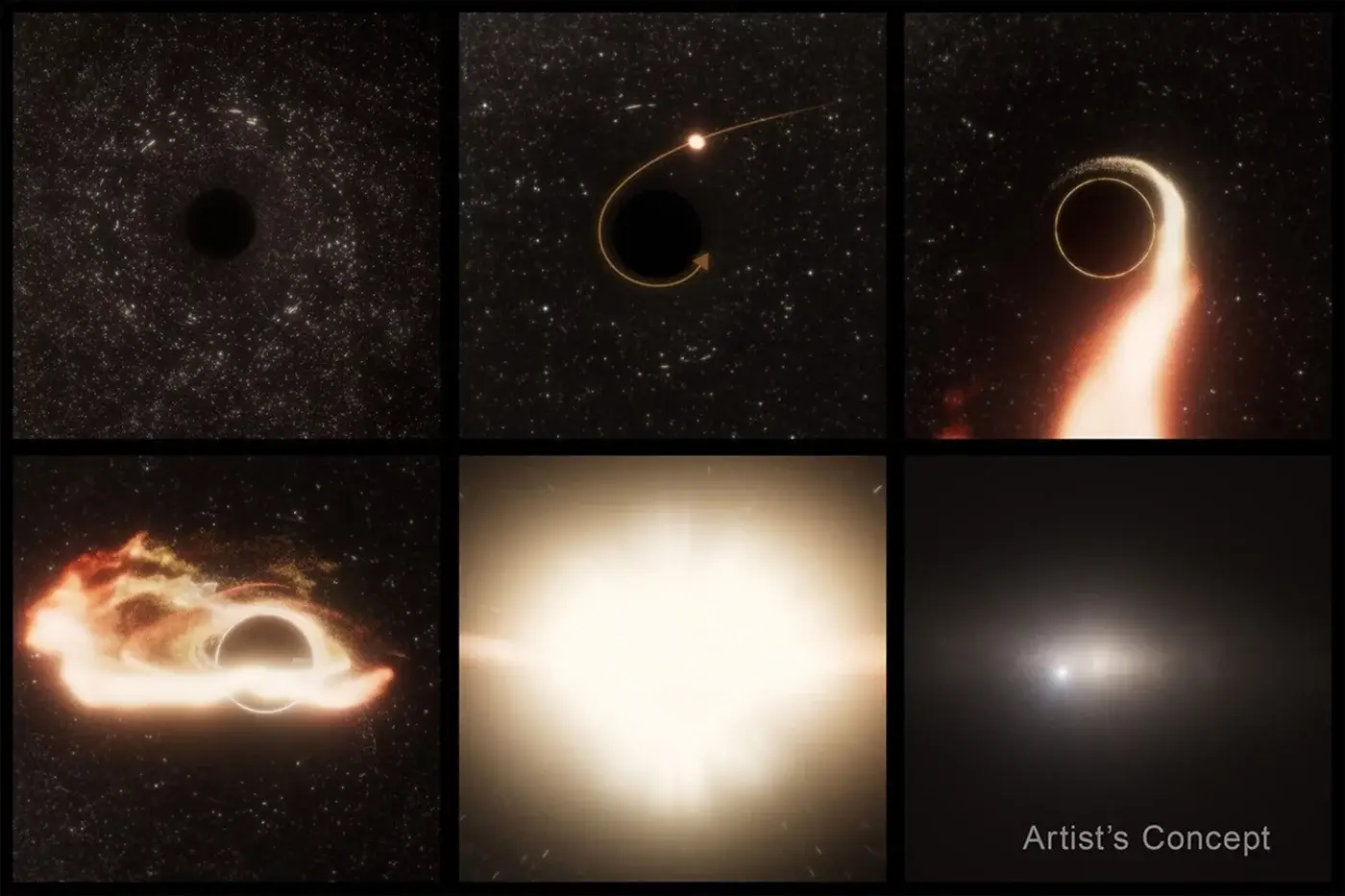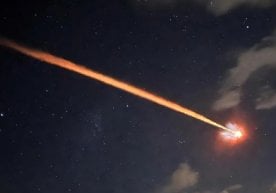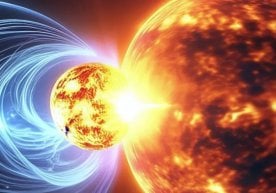
Astronomers at the University of California, Berkeley, have discovered a supermassive black hole that is eating up stars far from the center of our galaxy. The event, dubbed AT2024tvd, was observed using powerful telescopes such as Hubble, Chandra, and the Very Large Array (VLA).
Typically, such supermassive black holes are found in the centers of galaxies. However, this one is an exception. The black hole is located 2,600 light-years from the center of our galaxy and has a mass that is a million times greater than that of our Sun.
The event is classified as a “transitional tidal disruption event” (TDE). This is a phenomenon in which a black hole gravitationally pulls together the stars around it, causing them to collapse and release a powerful burst of energy. Such events are of great interest to astronomers because they are usually observed in the centers of galaxies.
In the AT2024tvd event, observations revealed clear signs of radiation from hydrogen, helium, and other chemical elements. This is a classic sign of TDE events.
Interestingly, near this "dude" black hole there is an even larger object - a huge active galactic nucleus, 100 million times heavier than the Sun. Scientists are putting forward two different versions.
According to the first assumption, the black hole may have been thrown out of the center of the galaxy as a result of gravitational interactions with other massive objects. According to the second assumption, this black hole may have been the remnant of another small galaxy in ancient times.
This discovery shows that there are massive "dude" black holes hidden far from the center of the galaxy in the universe. Now astronomers plan to expand their observations of such unusual cosmic events in order to uncover even deeper secrets of the cosmos. Read “Zamin” on Telegram!
Ctrl
Enter
Found a mistake?
Select the phrase and press Ctrl+Enter Related news
Information
Users of Меҳмон are not allowed to comment this publication.
Users of Меҳмон are not allowed to comment this publication.














